White Rabbit House brings colour and terrazzo to an average London terrace
A colour and light filled domestic redesign in London's Islington, White Rabbit House by architects Gundry + Ducker pays homage to Georgian architecture's grandeur and style, while winning ‘Most Unique Character’ category in this year’s Don’t Move, Improve! competition
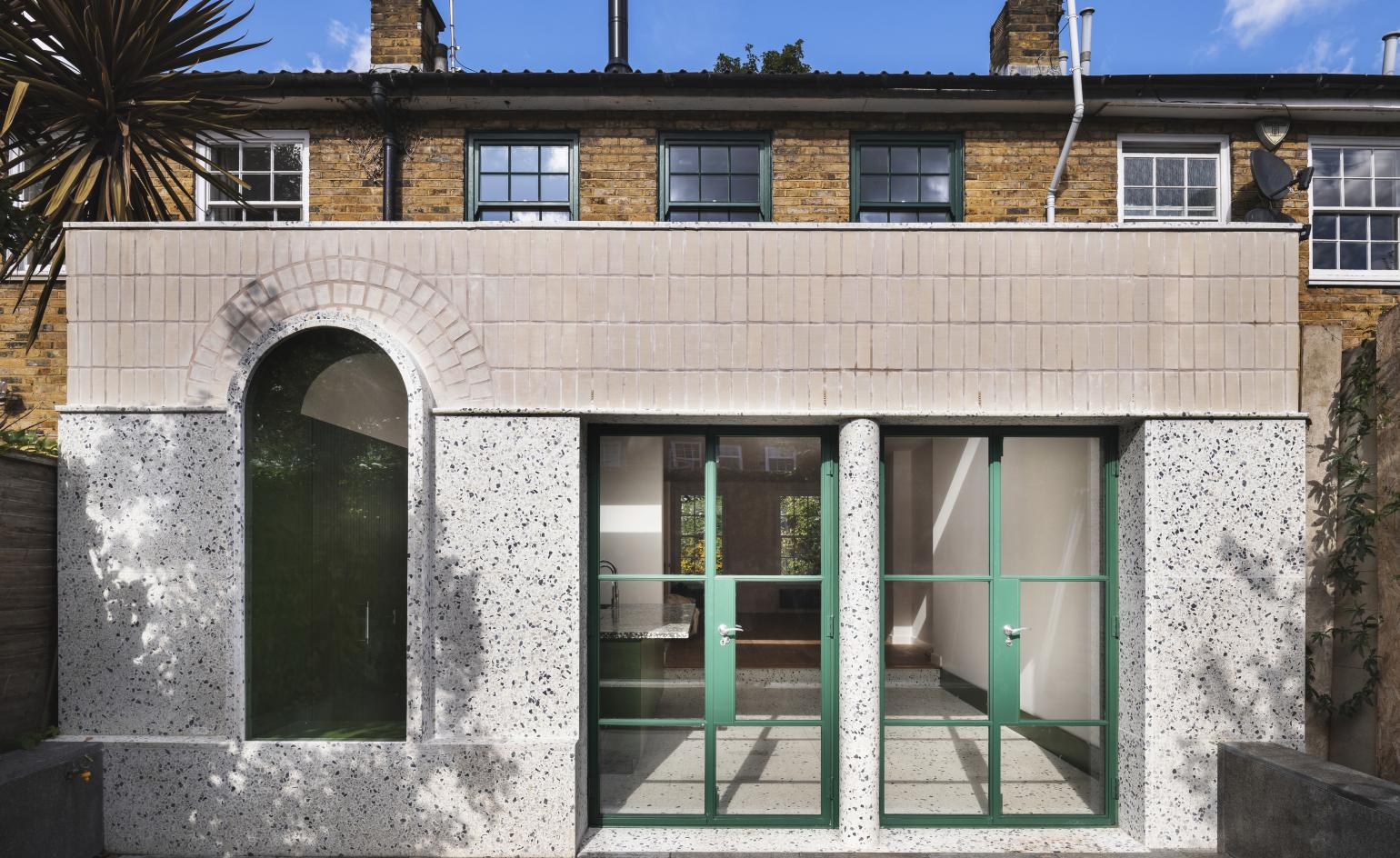
Georgian architecture has long been a source of inspiration to architects for its clean external lines, balanced proportions and majestic windows that often concealed a more playful, ornamental interior. Even modernist Erno Goldfinger admits to referencing the historical style, when he designed his famous Hampstead home, Willow Road.
Architects Gundry + Ducker also looked at Georgian interiors for their latest residential project in London, White Rabbit House, the renovation of a 1970s Neo-Georgian terrace. ‘The idea was to insert a modern interpretation of Georgian house interior into a standard post war house’, says Christian Ducker. ‘We wanted a playful interior, accommodating the unexpected, with changes in scale and height and atmosphere.’
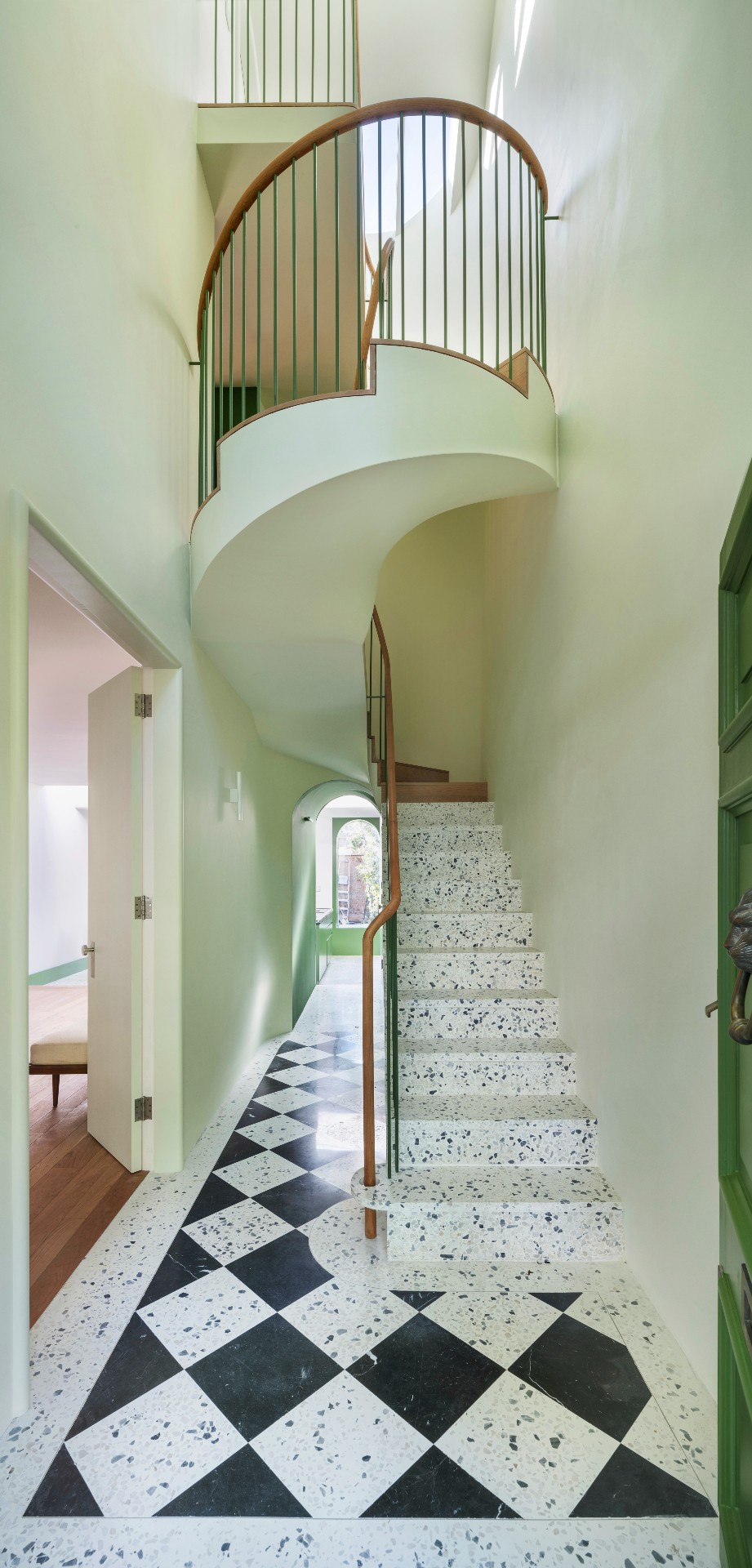
The result is a colourful home, which ticks all the boxes the client outlined – mostly, practical requirements in terms of bedroom numbers and storage needs – but also offers a tongue-in-cheek alternative to residential design. Marble and terrazzo floors, arches and bespoke joinery in a vibrant green colour make the living areas pop, while the standout moment is without a doubt the grand staircase that unfolds into the entrance hall’s triple-height void.
White Rabbit's distinctive style made it a worthy winner in the ‘Most Unique Character’ category in this year’s Don’t Move, Improve! competition, organised by the NLA; winners were announced earlier in the week, celebrating the capital's finest home improvement projects in categories highlighting, among other elements, size, sustainability and craftmanship.
A version of this article originally appeared in the March 2020 issue of Wallpaper* (W*252)
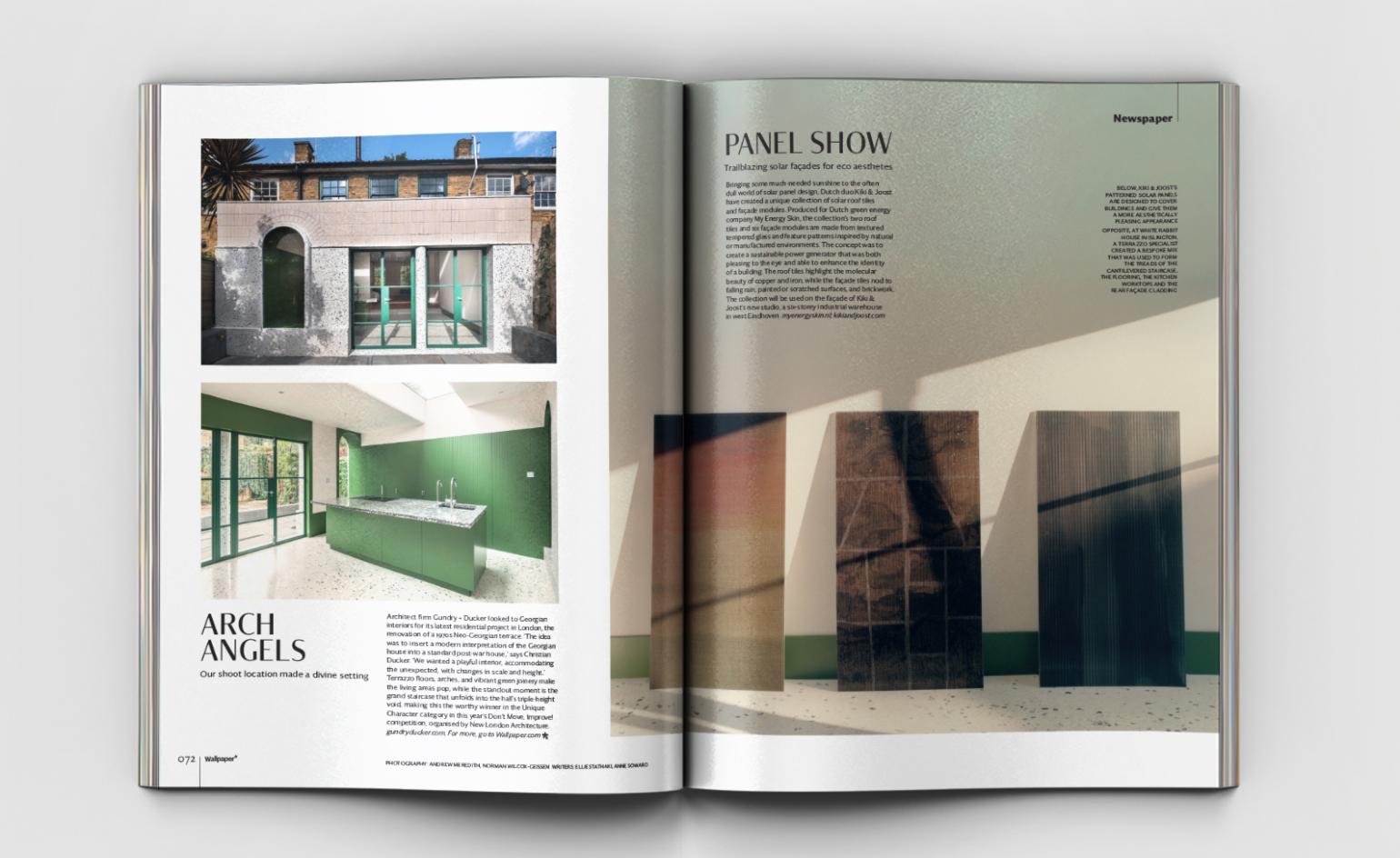
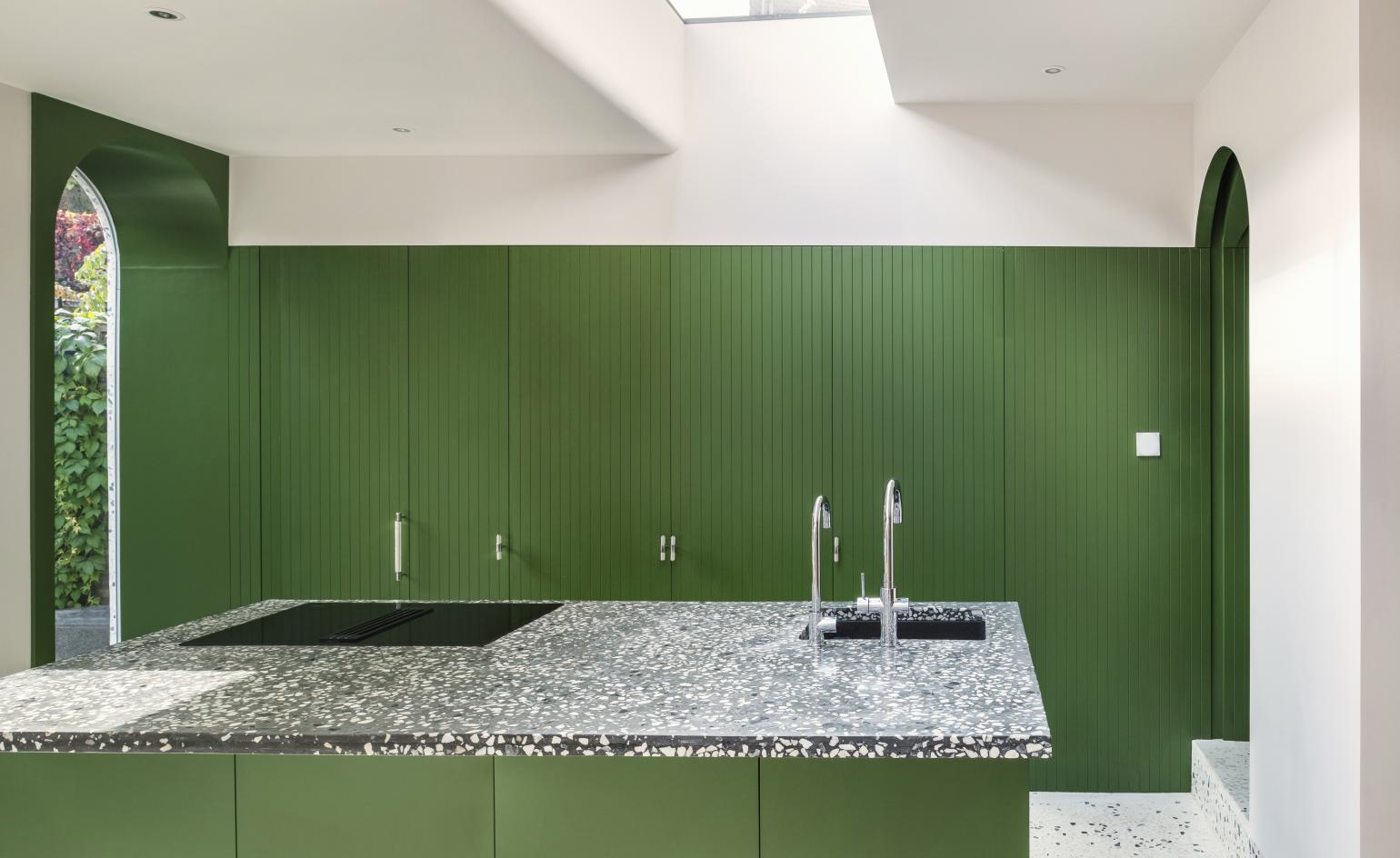
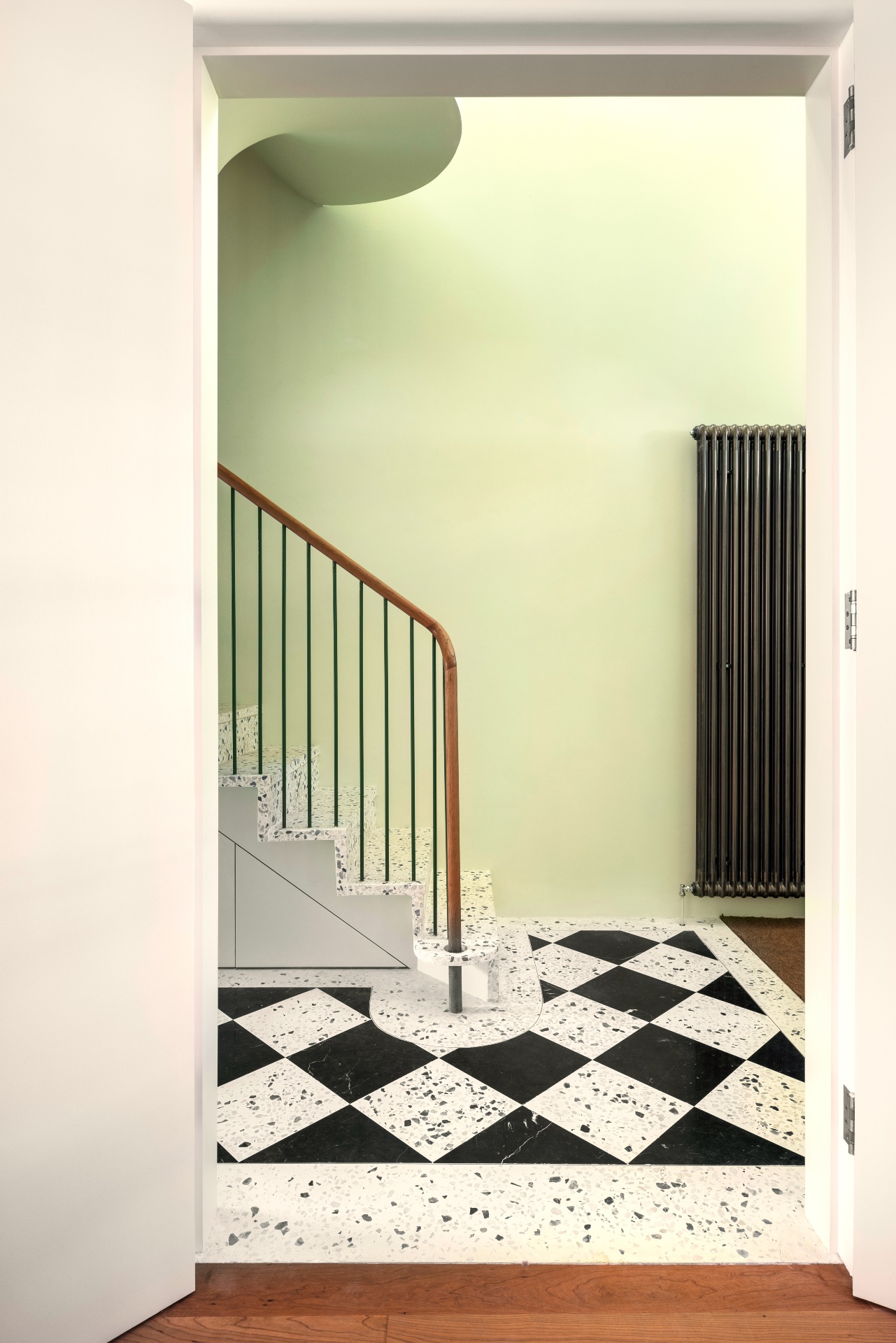
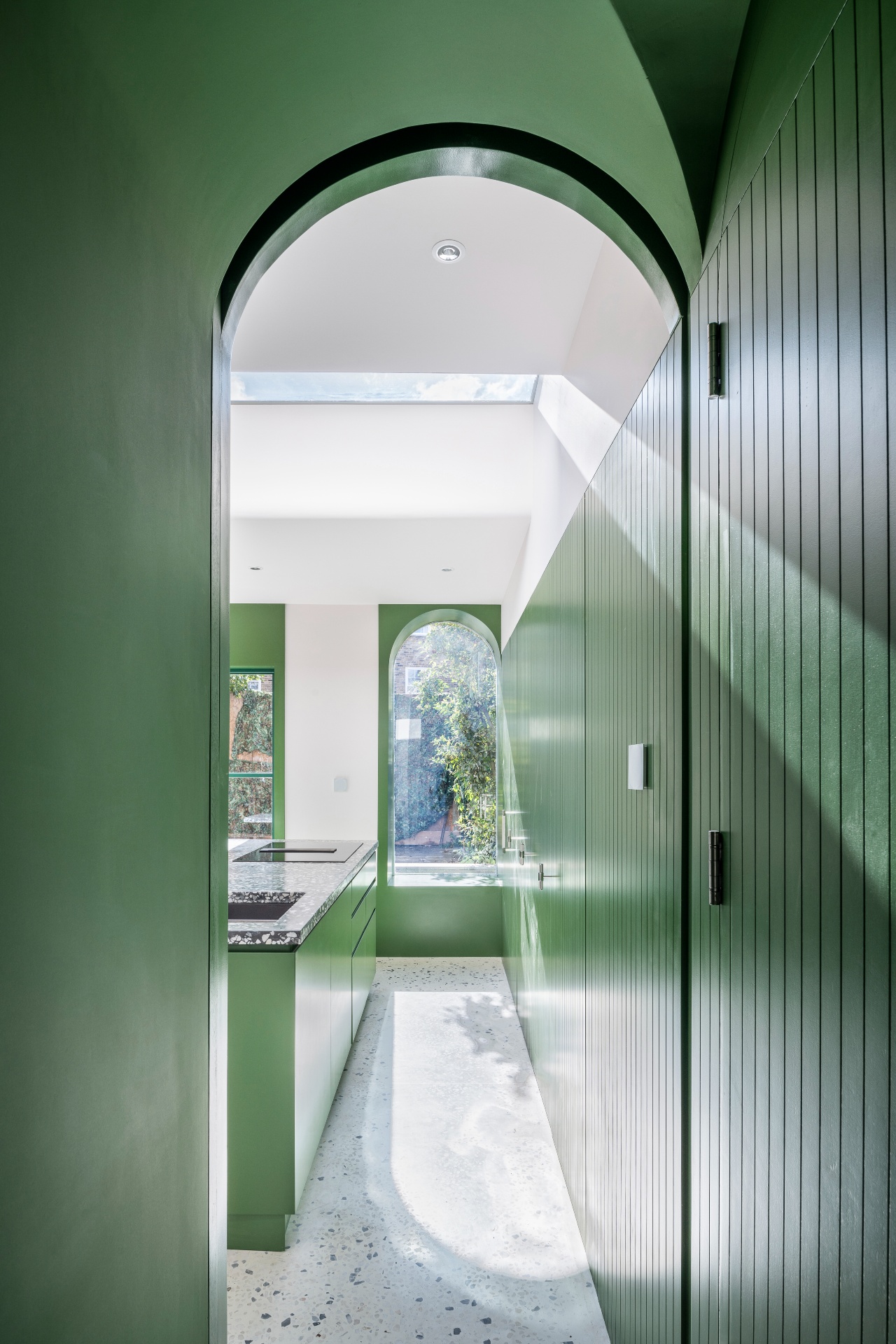
INFORMATION
Receive our daily digest of inspiration, escapism and design stories from around the world direct to your inbox.
Ellie Stathaki is the Architecture & Environment Director at Wallpaper*. She trained as an architect at the Aristotle University of Thessaloniki in Greece and studied architectural history at the Bartlett in London. Now an established journalist, she has been a member of the Wallpaper* team since 2006, visiting buildings across the globe and interviewing leading architects such as Tadao Ando and Rem Koolhaas. Ellie has also taken part in judging panels, moderated events, curated shows and contributed in books, such as The Contemporary House (Thames & Hudson, 2018), Glenn Sestig Architecture Diary (2020) and House London (2022).
-
 Men’s Fashion Week A/W 2026 is almost here. Here’s what to expect
Men’s Fashion Week A/W 2026 is almost here. Here’s what to expectFrom this season’s roster of Pitti Uomo guest designers to Jonathan Anderson’s sophomore men’s collection at Dior – as well as Véronique Nichanian’s Hermès swansong – everything to look out for at Men’s Fashion Week A/W 2026
-
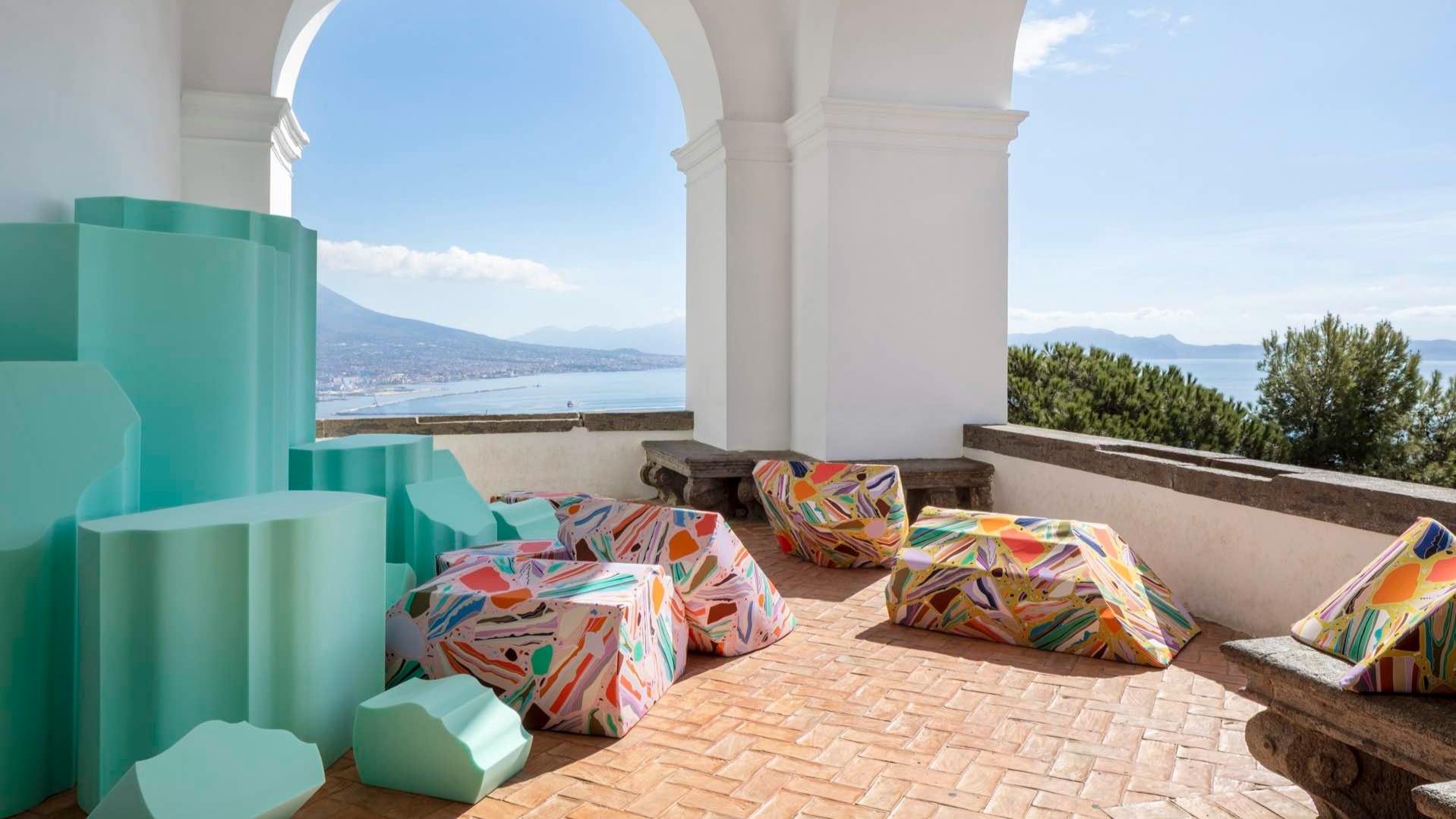 The international design fairs shaping 2026
The international design fairs shaping 2026Passports at the ready as Wallpaper* maps out the year’s best design fairs, from established fixtures to new arrivals.
-
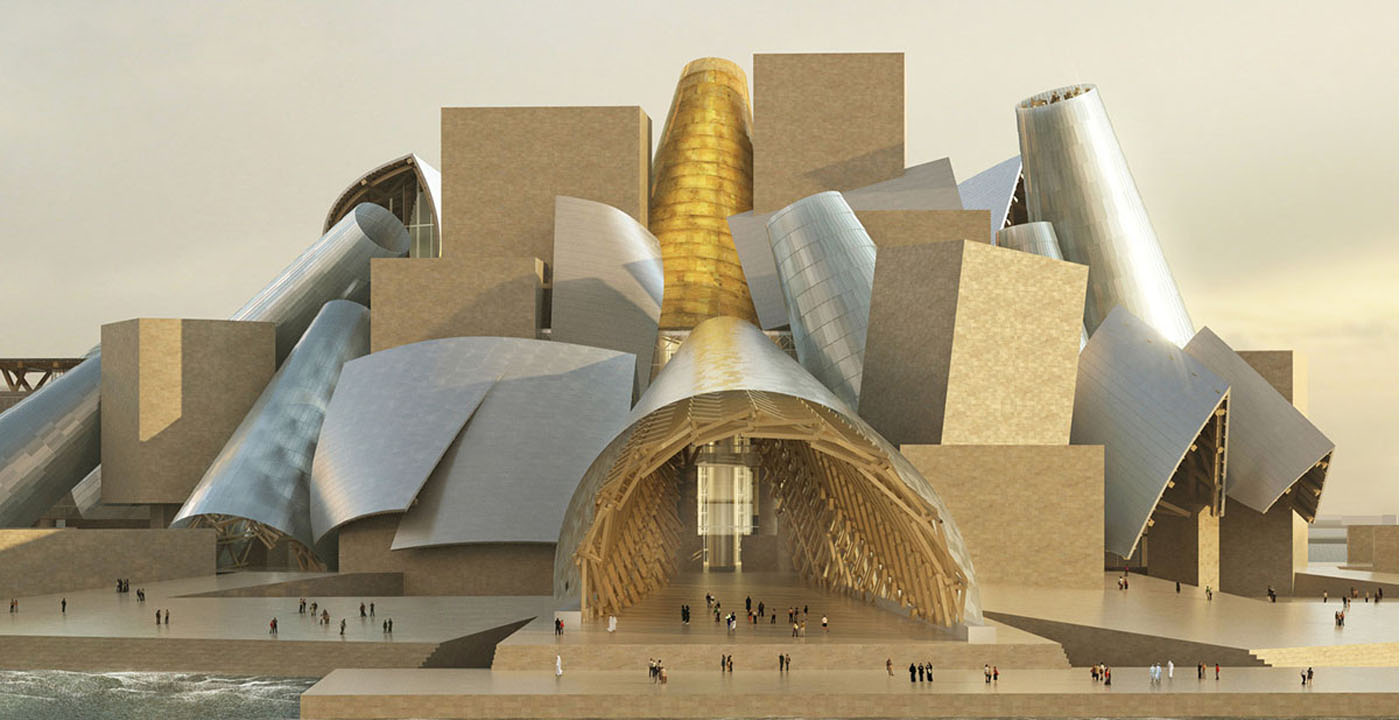 The eight hotly awaited art-venue openings we are most looking forward to in 2026
The eight hotly awaited art-venue openings we are most looking forward to in 2026With major new institutions gearing up to open their doors, it is set to be a big year in the art world. Here is what to look out for
-
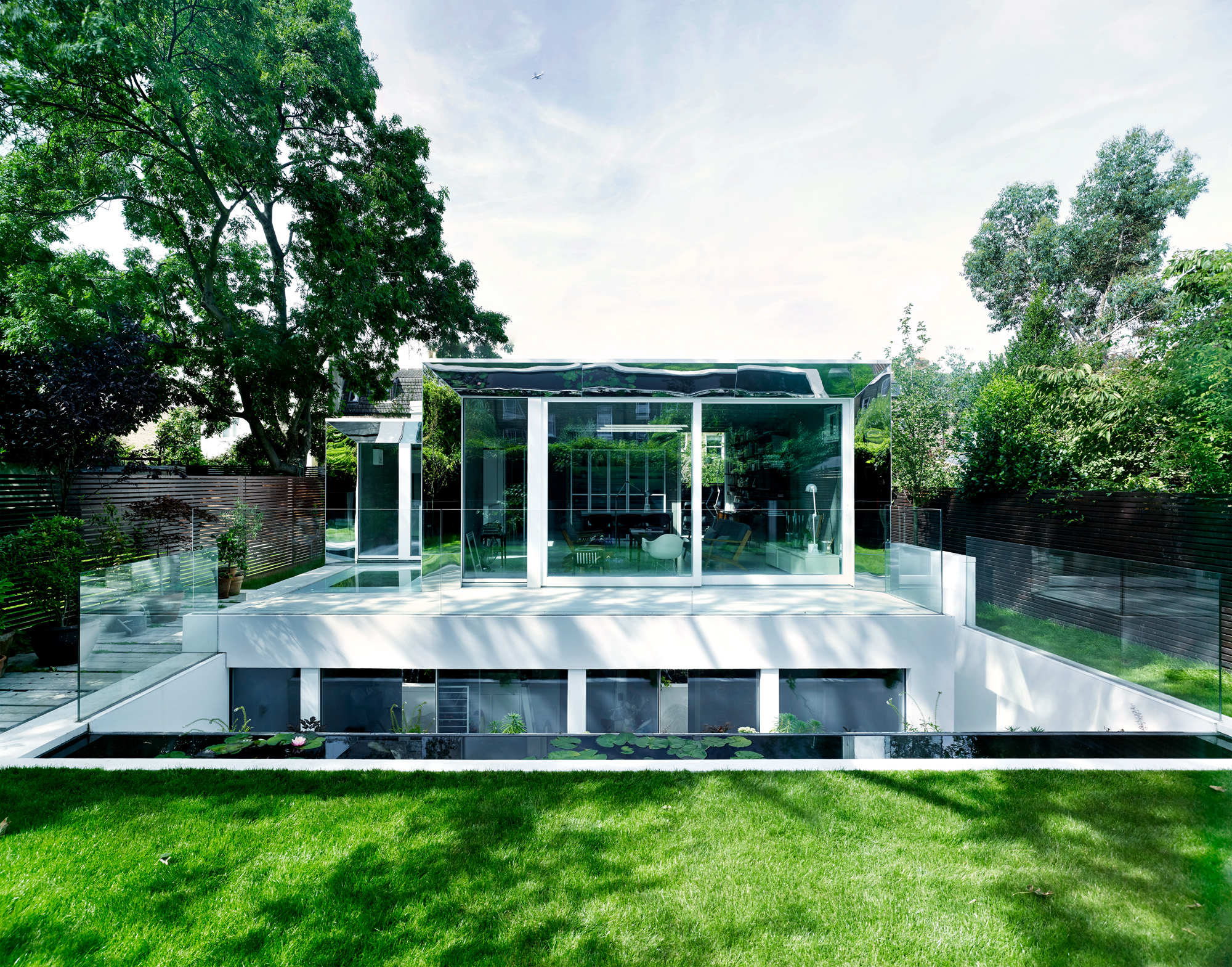 This modern Clapham house is nestled indulgently in its garden
This modern Clapham house is nestled indulgently in its gardenA Clapham house keeps a low profile in south London, at once merging with its environment and making a bold, modern statement; we revisit a story from the Wallpaper* archives
-
 Step inside this perfectly pitched stone cottage in the Scottish Highlands
Step inside this perfectly pitched stone cottage in the Scottish HighlandsA stone cottage transformed by award-winning Glasgow-based practice Loader Monteith reimagines an old dwelling near Inverness into a cosy contemporary home
-
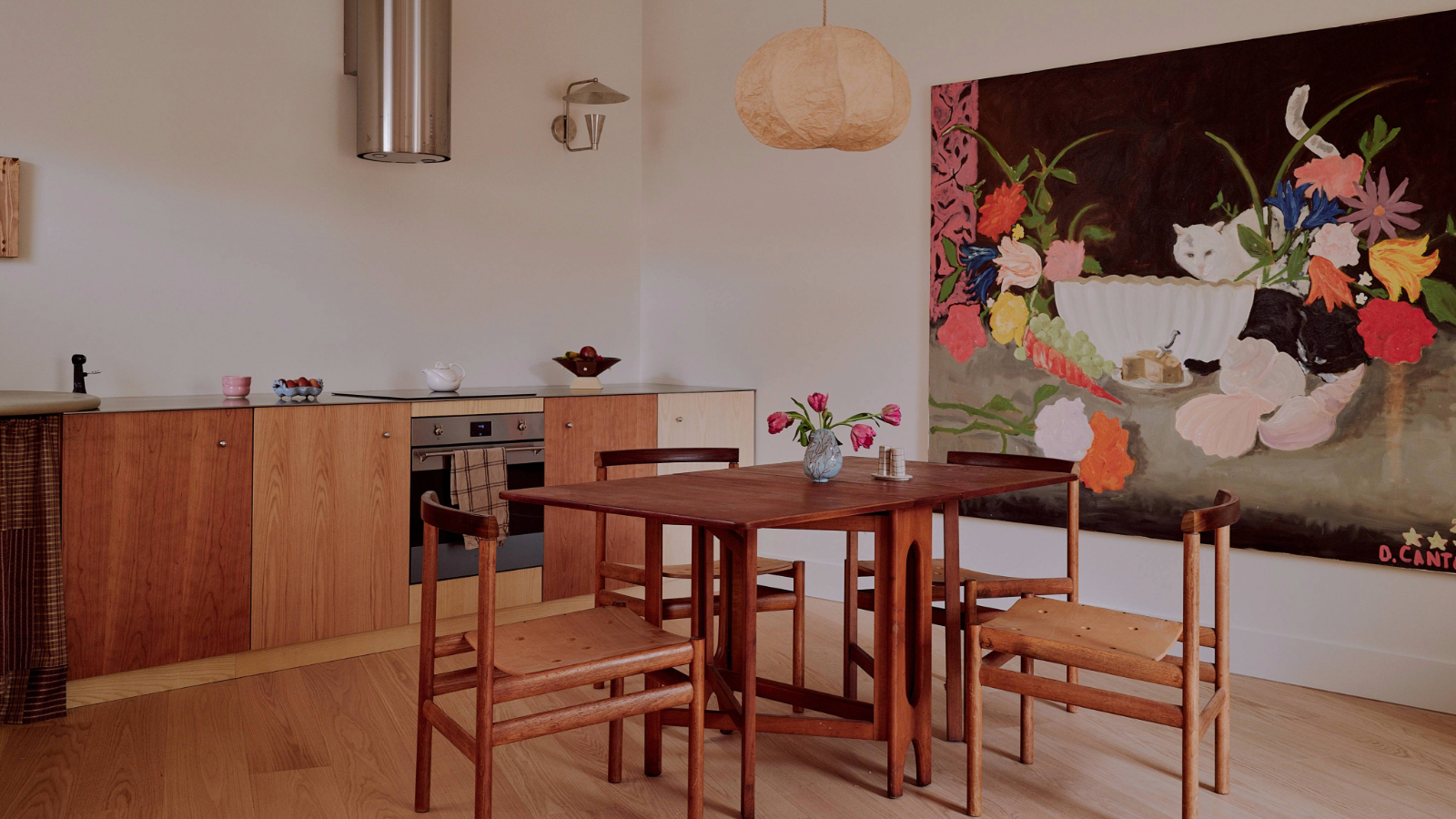 This curved brick home by Flawk blends quiet sophistication and playful details
This curved brick home by Flawk blends quiet sophistication and playful detailsDistilling developer Flawk’s belief that architecture can be joyful, precise and human, Runda brings a curving, sculptural form to a quiet corner of north London
-
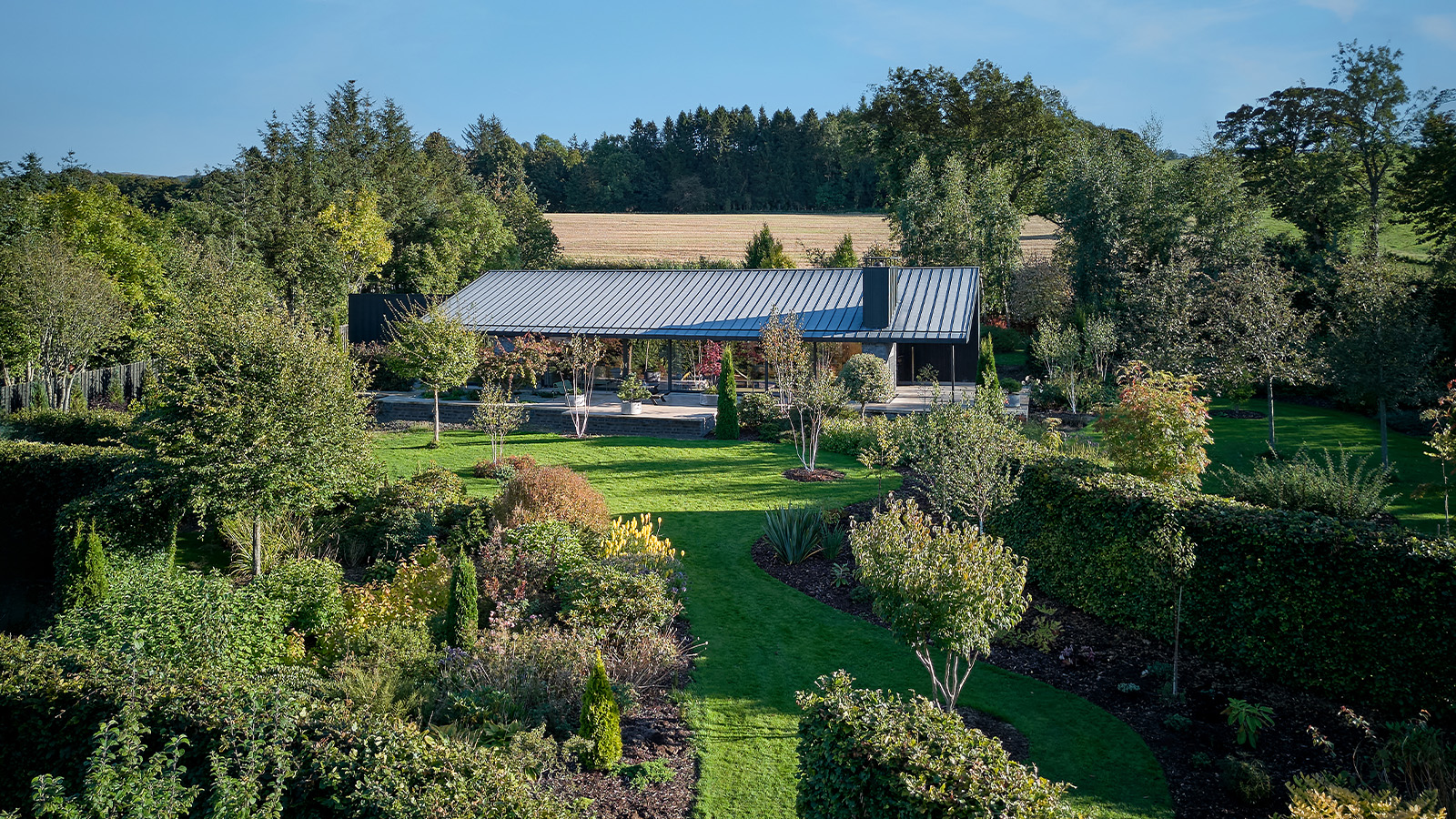 A compact Scottish home is a 'sunny place,' nestled into its thriving orchard setting
A compact Scottish home is a 'sunny place,' nestled into its thriving orchard settingGrianan (Gaelic for 'sunny place') is a single-storey Scottish home by Cameron Webster Architects set in rural Stirlingshire
-
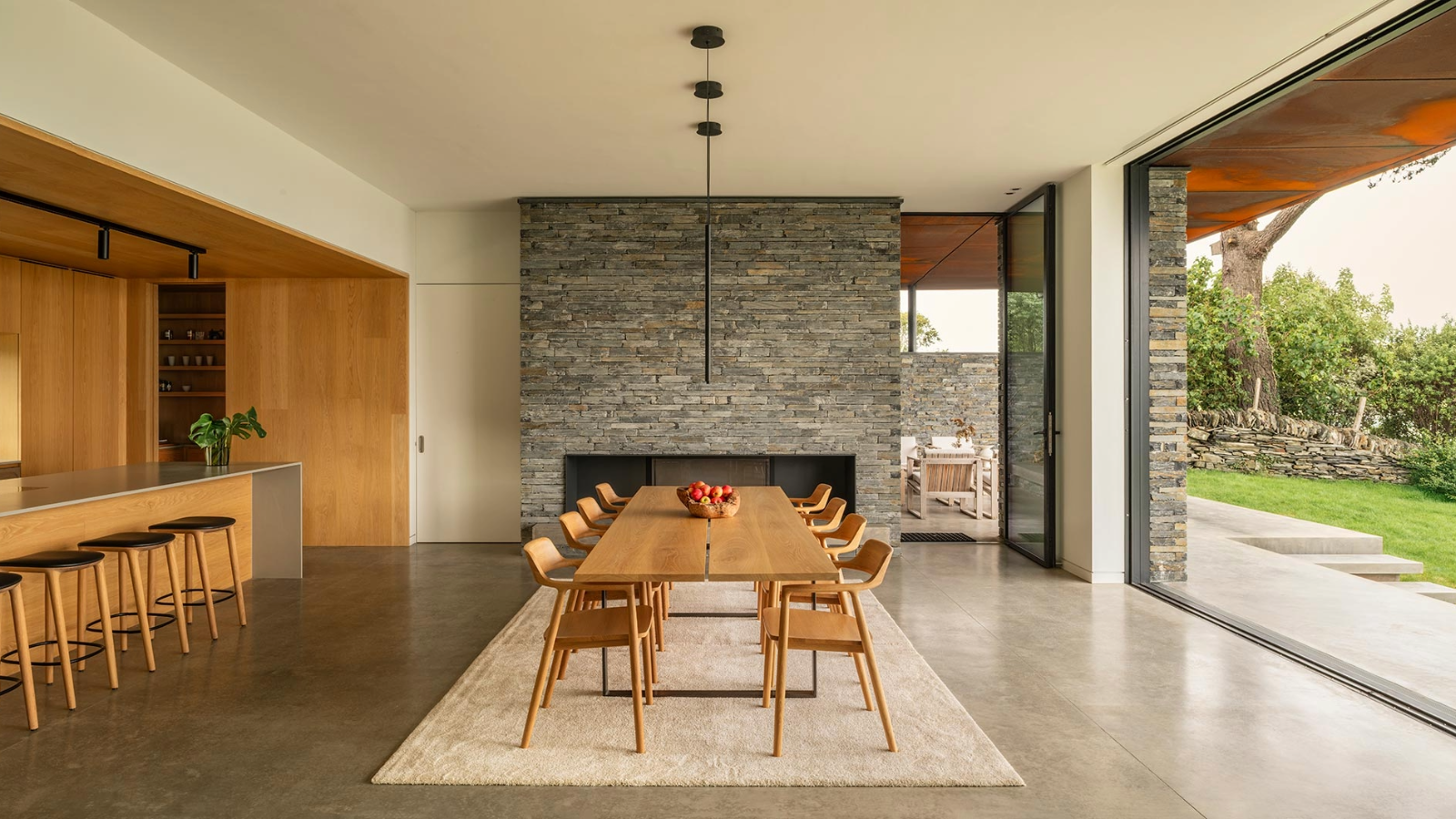 Porthmadog House mines the rich seam of Wales’ industrial past at the Dwyryd estuary
Porthmadog House mines the rich seam of Wales’ industrial past at the Dwyryd estuaryStröm Architects’ Porthmadog House, a slate and Corten steel seaside retreat in north Wales, reinterprets the area’s mining and ironworking heritage
-
 Arbour House is a north London home that lies low but punches high
Arbour House is a north London home that lies low but punches highArbour House by Andrei Saltykov is a low-lying Crouch End home with a striking roof structure that sets it apart
-
 A former agricultural building is transformed into a minimal rural home by Bindloss Dawes
A former agricultural building is transformed into a minimal rural home by Bindloss DawesZero-carbon design meets adaptive re-use in the Tractor Shed, a stripped-back house in a country village by Somerset architects Bindloss Dawes
-
 RIBA House of the Year 2025 is a ‘rare mixture of sensitivity and boldness’
RIBA House of the Year 2025 is a ‘rare mixture of sensitivity and boldness’Topping the list of seven shortlisted homes, Izat Arundell’s Hebridean self-build – named Caochan na Creige – is announced as the RIBA House of the Year 2025